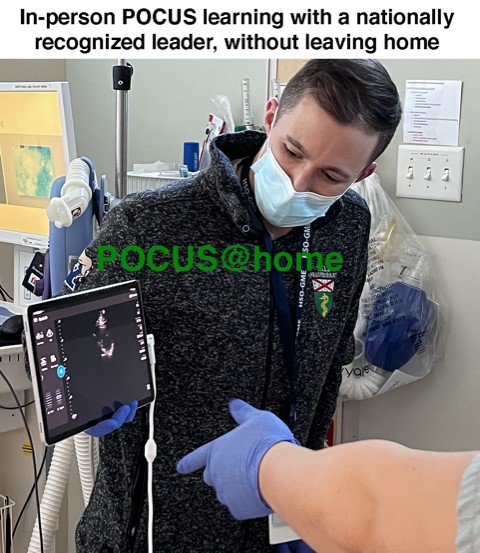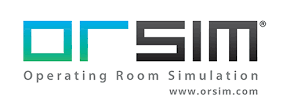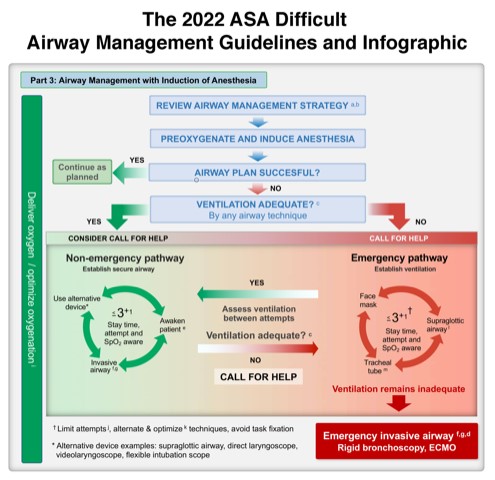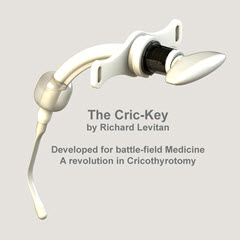Difficult Airway Simulation
High fidelity simulation is being incorporated in teaching throughout medicine and industry. You can elect to include a high fidelity airway simulation module in your AOD workshop.
Your AOD team will bring in a state of the art, full body simulator and run individuals or small groups through a variety of airway mishaps, from simple difficult mask ventilation to failed extubation.
The following list highlights the features and capabilities of the Laerdal 3G simulator: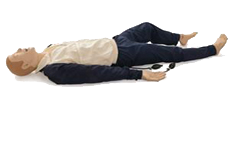
- Full body
- Speech via pre-program and interactive with operator
- Completely wireless (does not require compressors, AC current, control lines)
- Spontaneous ventilation
- Eye opening, blinking, pupil size change, pupil light reactivity, eyelid droop
- Teeth or edentulous airway
- Trismis, tongue swelling, pharyngeal swelling, neck stiffness, laryngospasm
- Pulmonary resistance and compliance adjustment
- Auscultated breath and heart sounds (normal and pathologic)
- Pneumothorax, including student placement of needles or chest tube
- Double lumen tube and bronchial blocker simulation
- Belly breathing
- Extremity pulses
- Convulsions
- Male or female genitalia
During the workshop portion of the program teams of 2-3 learners will experience airway simulations for 20-30 min sessions. These simulation scenarios have been specifically designed to reinforce the information presented during the lectures. They highlight the Vortex cognitive aid for the expeditious management of the difficult and failed airway.
While planning for the simulation phase of your workshop note that one simulator will be required for every 15 to 20 learners.
Why is simulation an “add-on” AOD expense?
Simulation adds cost to your workshop. It requires additional faculty and may involve a simulator rental fee from Leardal. Note, however, that If your community has access to a 3G, Sim-man, Air-man or other similar device, extra costs may be avoided.
As a general rule, one simulation station is need for every 15 learners. two to three learners will participate at one time, for 20-30 minutes during the hand-on lab period.

